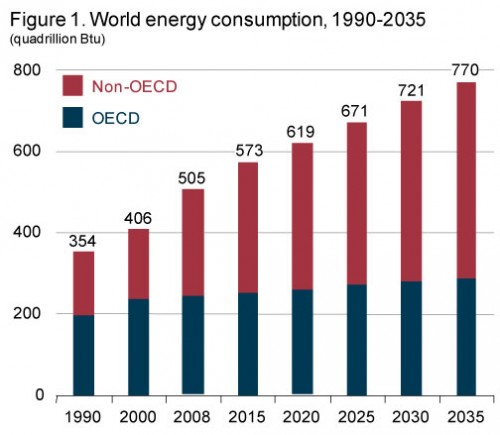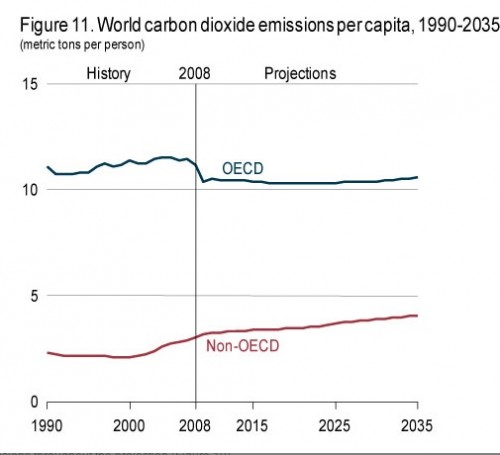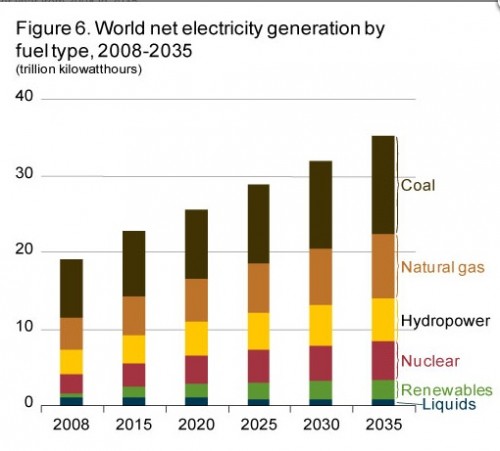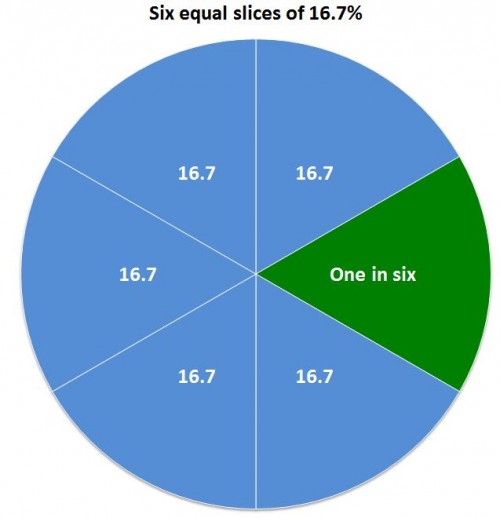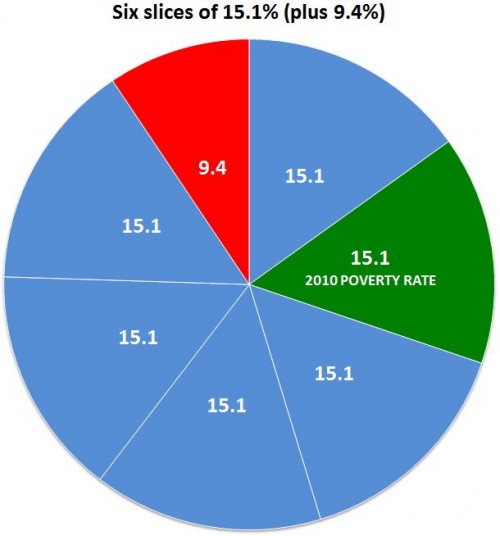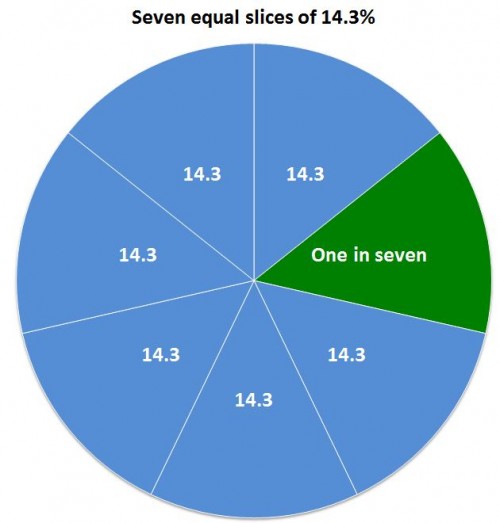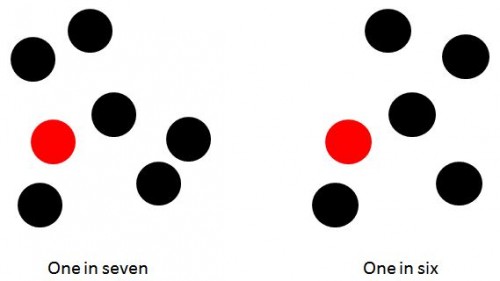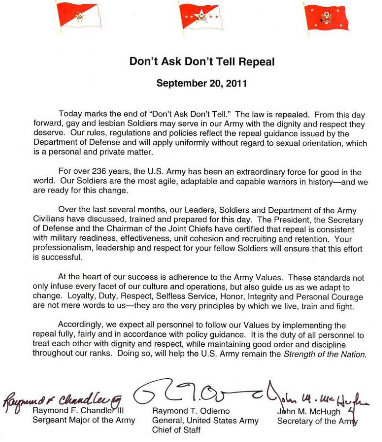The following chart featured at The Economist illustrates that women in Europe expect to earn significantly less than men after graduating from university. (Of course, women’s expectations are represented in pink, and men’s in blue.) According to the study, European women attending the most prestigious universities expect to earn an average of 21 per cent less than their male counterparts.
Given that women actually do earn an average of 17.5 per cent less than men in the European Union, this difference in salary expectations might not seem shocking. What’s interesting, though, is the accompanying text that attempts to explain these disparities:
Women and men seem to differ in workplace and career aspirations, which may explain why salary expectations differ. Men generally placed more importance on being a leader or manager than women (34% of men versus 22% of women), and want jobs with high levels of responsibility (25% v 17%). Women, however want to work for a company with high corporate social responsibility and ethical standards; men are more interested in prestige (31% v 24%).
By neglecting to address how our social environment can contribute to reported differences in career aspirations, statements like these risk reinforcing gender stereotypes and naturalizing salary inequalities. Can we really assume that gendered salary disparities are due to women’s innately lower inclination to pursue high-paying career paths?
Research says: no, we can’t. As Cordelia Fine writes in her book Delusions of Gender, countless studies have demonstrated that social factors such as prevalent beliefs about gender differences and male-dominated work environments influence women’s responses to questions about their abilities and aspirations. For example, women exposed to media articles claiming that successful careers in entrepreneurship require typically “masculine” qualities were less likely to report an interest in becoming entrepreneurs. Women who knew that the test they were taking was measuring gender differences were more likely to report being highly empathic. Women were less interested in attending an engineers’ conference when it was advertised as male-dominated rather than gender-balanced.
Our perceptions of our abilities, identities, and sense of belonging are influenced by our social environment. If, as this graph shows, women attending the most prestigious universities in Europe aspire to different career paths than men, this fact can’t be taken for granted; addressing this inequality requires an analysis of its own.
Thanks to Dmitriy T.M. for sending in this graph!
Reference: Fine, C. (2010). Delusions of Gender: How Our Minds, Society, and Neurosexism Create Difference. New York: W.W. Norton & Company, Inc.
——————————
Hayley Price has a background in sociology, international development studies, and education. She recently completed her Masters degree in Sociology and Equity Studies in Education at the University of Toronto.
If you would like to write a post for Sociological Images, please see our Guidelines for Guest Bloggers.




